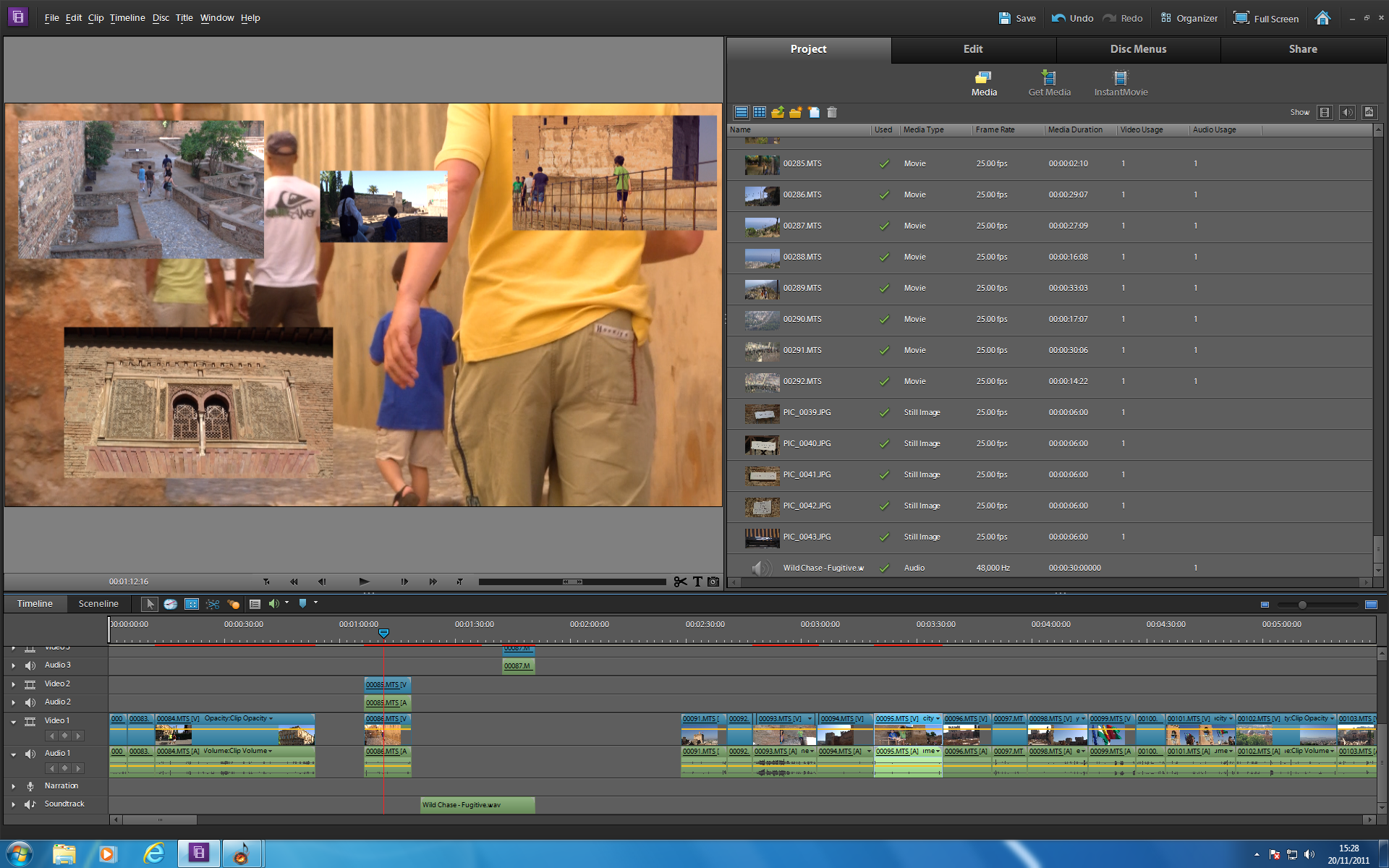Adobe Photoshop Elements 12 For Mac Review

Adobe sells Photoshop Elements for $99.99, being one of the only Adobe products that doesn't have a subscription. At the time of this review, we also found Elements selling on Amazon for $59.00. If you want to try the software out before you buy, check out the 30-day free trial. Movavi Slideshow Creator for Mac is a popular option on the higher end of the price range. It's in the top 3 bestselling image design programs and has dozens of popular alternatives in the same price range, such as Roxio Toast 16 Titanium Mac or Luminar 2018. This past fall Adobe released a new version of their consumer-level photo organizing and editing application, Photoshop Elements 14.A mature and uniquely user-friendly application, the latest.
For over a decade Photoshop Elements has made the imaging magic pioneered by Adobe Photoshop easy for nonprofessional users to master. The 2018 version brings the power of AI to automatically find your best images and to fix those that may be subpar. Adobe's consumer benefits from an annual flow of updates, improvements, and added Guided Edits—which make those tricky Photoshop effects manageable for novices. Photoshop Elements continues to be our Editors' Choice for enthusiast-level photo editing software. Getting and Setting Up Photoshop Elements You can either purchase Photoshop Elements together with its enthusiast-level video-editing companion, Premiere Elements, for $149.99, or buy it alone for $99.99. A 30-day trial version is available for download, too. Speaking of downloading, the app's installer is not small, at 2GB, and the installed program takes up 2.5GB, so make sure your PC (or Mac, for which Elements is also available) has enough free disk space.
The software runs on, 8, and 7 SP1, and on Apple macOS versions 10.11 through 10.13. Note that Elements no longer requires Apple QuickTime. I installed Elements on my test PC, a 4K touch-screen Asus Zen AiO Pro Z240IC all-in-one PC. To get started, you have to enter your Adobe login. For the longtime Photoshop Elements users, here's a quick rundown of the major new features in the 2018 version: • The Organizer application now has an Auto Curate option that uses AI technology to find the best shots in your collection • The new slideshow creator can produce auto-curated slideshows with lots of personality. • The Open Closed Eyes feature can fix a shot where one person has closed eyes. • Auto Selection makes selecting a person or object easier than ever.
Adobe Photoshop Elements 12 Update

• New Guided Edits: Watercolor, Replace Background, Shape Overlay, and Double Exposure The Organizer Photoshop Elements' Organizer application, as its name makes clear, is where you import, group, tag, and output your photos. You don't have to use it, but it offers a lot of capabilities that would otherwise clutter up the main editing application, and its powerful search, auto curation, and sharing tools can be very useful, in addition to the standard organization tools.
Competitors like and dispense with the extra application and do everything in one interface. Five main mode choices appear at the top of the Organizer's window: eLive (tips and creative ideas), Media, People, Places, and Events. The app's search bar lets you filter content by people, place, keyword tags, media type, date, and folder. You can combine search criteria to narrow down the results. Smart Tags, though, are the most impressive new tool: These automatically identify what's in the photo—an animal, a face, a landscape, a flower. It's part of the trend of using artificial intelligence and machine learning that we've seen in Flickr, Google Photos, and OneDrive.
Adobe Photoshop Elements 12 Download
This cutting-edge technology saves you from having to explicit apply keyword to photos, though you can still do this if you want the control it affords. Adobe zii 3.0.4 cc 2018 universal patcher. The Places mode showed my iPhone photos' location based on their embedded GPS data, but the Places section of search told me there were no Places tags to search.
It's a little annoying when one part of a program has information that's not accessible to another feature. Also, I prefer the way Windows 10's and macOS's Photos apps let you see a small map in the Info panel while viewing an individual photo. To search based on faces, you understandably need to supply names in the People module. The program detects all the faces, and tries to match them to any you've already identified, but it's not 100 percent accurate, and sometimes is fooled by profiles or weird angles.